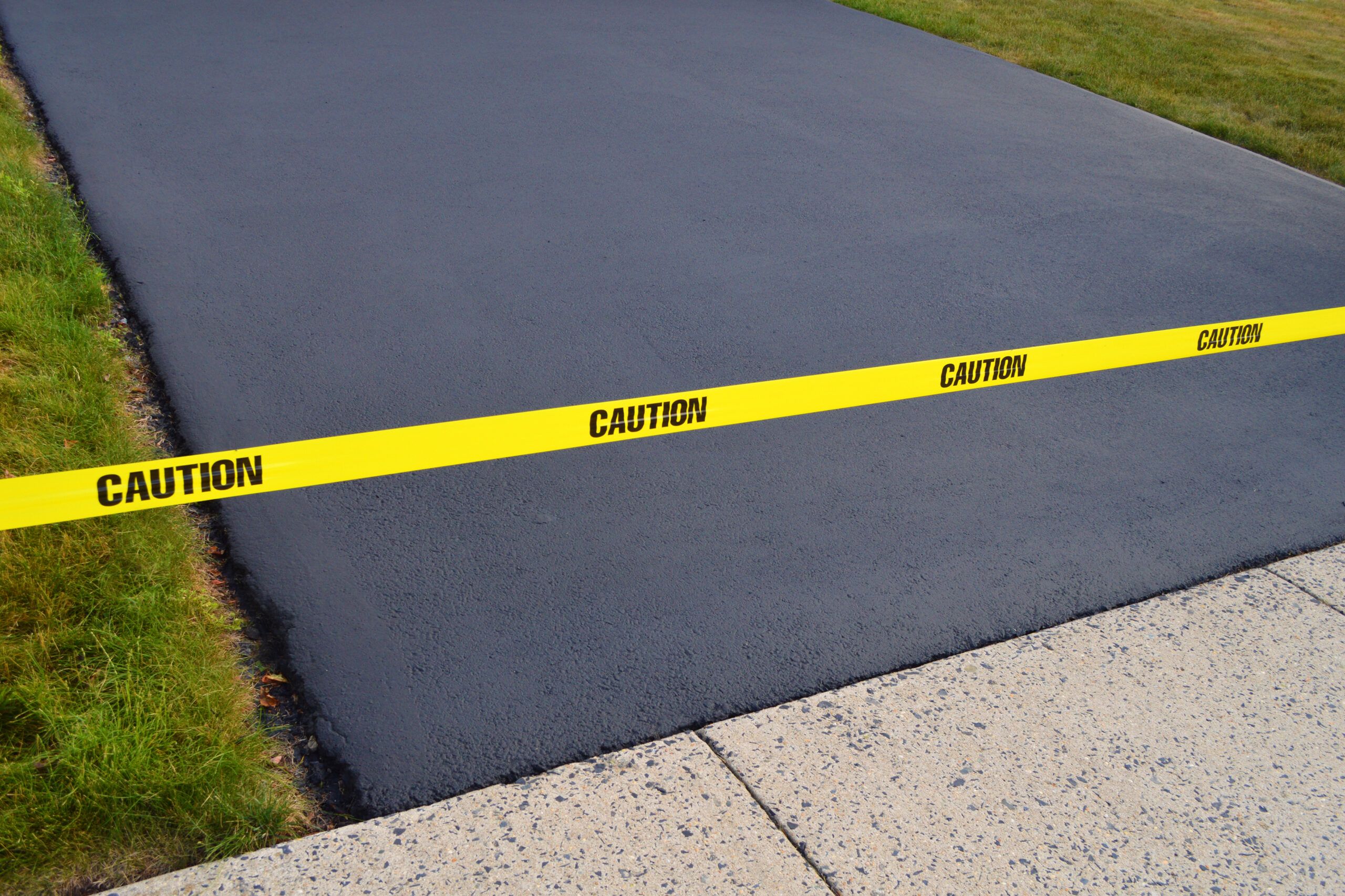Safeguard Surface Areas with Expert Asphalt Sealing: Cold Mix Basics
Safeguard Surface Areas with Expert Asphalt Sealing: Cold Mix Basics
Blog Article
Cold Mix Asphalt Vs. Hot Mix Asphalt: Which Is Right for You?

Structure Differences
Cold mix asphalt is produced by emulsifying the asphalt binder with water and an emulsifying representative before mixing it with aggregate. The warm mix asphalt manufacturing process includes warming the aggregate and asphalt binder separately prior to integrating them at the asphalt plant.
Furthermore, chilly mix asphalt tends to be much less dense and a lot more flexible than hot mix asphalt. This versatility makes it far better matched for areas with greater degrees of motion, such as driveways or roadways with heavy web traffic. In comparison, warm mix asphalt is known for its high sturdiness and resistance to rutting and splitting, making it a recommended choice for highways and high-traffic roadways where durability is essential.
Setup Refine Differences
The process of mounting cool mix and warm mix asphalt exhibits noteworthy variances in their needs and treatments. Cold mix asphalt, being a much more flexible material, can be used directly from the bag or container onto the split or damaged location. It calls for minimal preparation job, such as cleansing the location and condensing the cold mix with hand devices. This makes it a convenient alternative for short-term and fast repairs. On the other hand, warm mix asphalt requires an extra sophisticated setup process. It entails heating up the combination to heats prior to laying it down on an effectively ready base. The preparation consists of condensing the base, applying a tack layer, and making use of heavy machinery like pavers and compactors for a smooth and long lasting finish. Because of the heating requirements, warm mix asphalt installments are typically performed by professionals with specialized tools, guaranteeing a much more structurally sound and long-term result.
Durability and Durability Elements
When thinking about asphalt options, toughness and longevity are crucial aspects to evaluate for long lasting pavement efficiency. Hot mix asphalt (HMA) is understood for its remarkable longevity and long life.
In terms of longevity, HMA usually outmatches CMA as a result of its remarkable strength and resistance residential or commercial properties. HMA pavements have a longer life span, needing much less frequent repair work and maintenance, which can translate to cost financial savings in the lengthy run. Additionally, HMA pavements are more easily personalized to satisfy certain job demands, better enhancing their durability.
Price Factors To Consider
Thinking about the financial ramifications is a critical element when examining the choice between warm mix asphalt (HMA) and chilly mix asphalt (CMA) for sidewalk jobs. While the preliminary expense of hot mix asphalt is generally greater than that of cool mix asphalt, HMA usually supplies an extra cost-efficient solution in the lengthy run due to its exceptional longevity and longevity.
In addition to material expenses, it's essential to consider the expenses related to installation and maintenance when click for more info comparing HMA and CMA. HMA normally needs customized equipment and experienced labor for proper setup, which can affect general project expenses. On the other hand, CMA is simpler to function with and can usually be used making use of simpler techniques, possibly decreasing installation expenditures. Eventually, the decision between HMA and CMA need to take into consideration not simply the initial expense however additionally the long-term financial effects to figure out the most economical alternative for the certain pavement task.
Environmental Effect Comparison
Contrast of the environmental influences between warm mix asphalt (HMA) and cool mix asphalt (CMA) discloses distinct differences in sustainability practices. HMA manufacturing calls for high temperatures, leading to raised energy consumption and greenhouse gas exhausts.
Additionally, making use of CMA frequently includes recycling existing asphalt pavement, advertising resource preservation and minimizing the quantity of waste sent to landfills. This recycling element even more improves the sustainability of CMA contrasted to HMA. Overall, when considering the environmental influence, CMA becomes a more ecologically sustainable choice as a result of its lower energy requirements, lowered discharges, and the potential for recycling existing products. By choosing CMA over HMA, road construction projects can add favorably to ecological conservation initiatives.
Conclusion
To conclude, the selection in between cold mix asphalt (CMA) and hot mix asphalt (HMA) depends upon various factors such as structure, setup process, resilience, longevity, expense, and environmental influence. angle parking. While CMA offers a quick and cost-effective service for small repair work, HMA guarantees exceptional longevity and long life for rush hour locations. Take into consideration these factors very carefully to identify which kind of asphalt is the appropriate choice for your paving requires

Thinking about the financial ramifications is a critical aspect when evaluating the option in between hot mix asphalt (HMA) and cool mix asphalt (CMA) for pavement find tasks. While the preliminary cost of warm mix asphalt is usually greater than that of chilly mix asphalt, HMA commonly offers an extra cost-effective service in the long run due to its exceptional sturdiness and durability. asphalt patch repair.Contrast of the ecological effects in between hot mix asphalt (HMA) and cold mix asphalt (CMA) reveals unique distinctions in sustainability why not look here methods.In conclusion, the choice in between cool mix asphalt (CMA) and warm mix asphalt (HMA) depends on various aspects such as structure, installation procedure, longevity, durability, cost, and environmental influence
Report this page